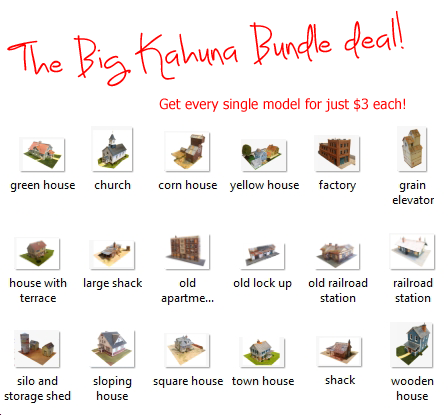Dan has been back in touch with some tips and how he makes his HO model railroad scenery looks so good:
“It is the tiniest of details that often make the scene.
The culverts that carry the water away from the track is very important. My layout depicts the “dry” season.
The most obvious reason was because I did not know how to do the water when I began.
I have 7 other layouts that I have built or done the scenery. I will show them at a later date. (If you don’t get tired of me posting.)
I often used PVC conduit cut in half for the culvert. (My layout uses darker ballast as the Santa Fe did.) The “rocks” around this and most of the other waterways is plan old kitty liter.
I squashed the PVC to flatten the look on this one.
Continuation of previous photo
A better view of the “rocks”
The dry water way.
Here I used a large plastic soda straw. It fit nicely between the main line tracks and carries the water away from the tunnel drainage.
This one took some time to work out. The roadbed an abandoned rail line that is part of an overall scene. I did the track work as normal then took up the track just like the prototype does.
This is the scene. The Santa Fe can be scene just to the left. They needed the space for a track that the older too up. They added the track to the butcher’s place and to the grain elevator seen before.
The trees and shrubs were painted with cheap craft paints using pieces of sponges.
A larger view of the scene. The back drop is the reversed side of a vinyl floor cover used by contractors on floors. The back side has a nap to it to make it smooth and flat for a finish of latex paint. Then painted with my choice of blue at the top and white low on the bottom and meeting in the middle. In photos before and to come the mix is more prominent. I coved the corners.
The distant hills/mountains were brushed on.
Photo 10 this is one of the two corners.
Santa Fe Dan”
A huge big thanks to Dan for sharing his HO model railroad scenery tips.
I don’t know about you, but I’m not tired of Dan’s posts at all, in fact, please do keep ’em coming Dan.
If you’d like to see Dan’s last post, it’s here: Santa Fe train layout.
Here’s a completely different one of Dan’s too: HO train scenery layouts.
That’s all for today folks.
Just email me if you’ve got something you’d like to share on the blog.
And if today is the day you get going on your layout, the Beginner’s Guide is here.
Best
Al
PS More HO scale train layouts here if that’s your thing.
Need buildings for your layout? Have a look at the Silly Discount bundle.



































